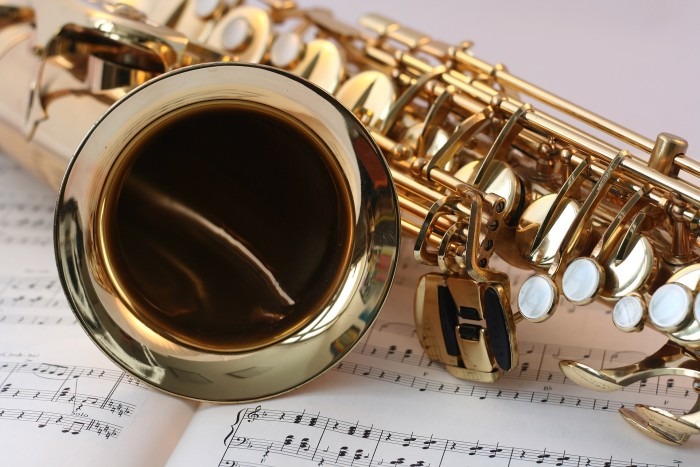
Musical Instrument Introduction - Brass Instruments
What defines a brass instrument?
Brass instruments are literally instruments made of brass, but it is not the material these instruments are made of that defines the brass instrument family since there are instruments that are made of brass but are not categorised as brass instruments, such as saxophones. Brass instruments are characterised by the production of sound through lip vibrations. For that reason, brass instruments are also called labrosones, which literally means "lip-vibrated instruments". Players will use their breath to create a lip vibration, and subsequently send vibrating air into the tubular resonator in the instrument to create sound.
Brass instruments
Four of the more popular types of brass instrument are: Trumpet, French Horn, Trombone, and Tuba. Each one of them has their own unique sound characteristic - Trumpets are characterised by bright and crisp sounds that showcase a lot of vibrancy, and French Horns have a more tender and mellow sound. Trombones are known both for having tones that exhibit powerfulness, and their unique ability to produce glide sounds. Meanwhile Tubas are the "Big Brothers" of the brass family, able to produce deep and rich tones.
Pictures of different brass instruments
Where do brass players play their music?
Brass instruments can be played in a wide variety of contexts. Most students learning brass instruments will become a part of orchestras and concert bands. Brass sounds are an important part of any orchestra or band performance, and sometimes even marching bands - where students will have the opportunity to incorporate instrument playing with marching.
Besides being part of a big ensemble like a concert band, brass instrument players can also be a part of brass quintets. There are a large array of brass quintet repertoires in different genres from classical to jazz that students can explore.
What makes a good brass instrument player?
Since brass instruments are relatively heavier than the majority of their woodwind or string counterparts, brass players should be of at least average build in order to be able to hold the instrument firmly. This is particularly important for Trombone and Tuba players - Trombone players have to hold the instrument in the air firmly while moving the slide, while Tuba players are supposed to place this largest of brass instruments on their lap during a performance.
Trombone players have to hold the relatively heavier instrument in the air without any support.
As mentioned, brass instrument players produce sound through the vibration of lips, hence the shape of one’s lips can play a part in instrument learning. For brass instruments with smaller mouthpieces like the Trumpet and the French Horn, it will typically be easier for children with thinner lips to master the instrument. For instruments with larger mouthpieces like the Trombone and the Tuba, children with thicker lips will find it easier to play them.
Side to side comparison of mouthpieces of the French Horn & Tuba. The French Horn mouthpiece is significantly smaller than the Tuba’s.
The above traits may make learning a bit easier, but are not a prerequisite for learning a particular brass instrument. All it takes for successful and enjoyable instrument learning is always dedication and perseverance. It is more important to let your child’s preferences guide the instrument selection.
Instrument acquisition and maintenance
Compared to other instruments, brass instruments are in the mid-range price levels. For Trumpets and Trombones, the prices of typical beginner models range from HKD3,000 to 4,000. While for French Horns and Tubas, the prices range from HKD20,000 to 25,000. There are relatively less consumable accessories for brass instruments - students only have to repurchase their valve or slide oils if they run out, or pay for professional instrument maintenance services.
(Source: http://www.musicshowcaseonline.com/resources_instrumentCareBrass.asp)
Taking a trumpet as an example, valves should be oiled, while slide cream should be applied on slides. The water key is used for releasing moisture accumulated inside the instrument.
Daily maintenance differs for each brass instrument, but there are some general guidelines for taking care of brass instruments. The valves should be oiled every time before playing to prevent sticky valves. For the slides of trombones or tuning slides of all brass instruments, slide cream should be applied to ensure smooth gliding. The moisture from breath will accumulate inside the brass instrument, and they should be fully released from the water key every time before storage.
For information on where to learn how to play the Trumpet, French Horn, Trombone or Tuba, please go to https://whizpa.com/search-results?search=Trumpet%2C+French+Horn%2C+Trombone%2C+Tuba&field_region=








